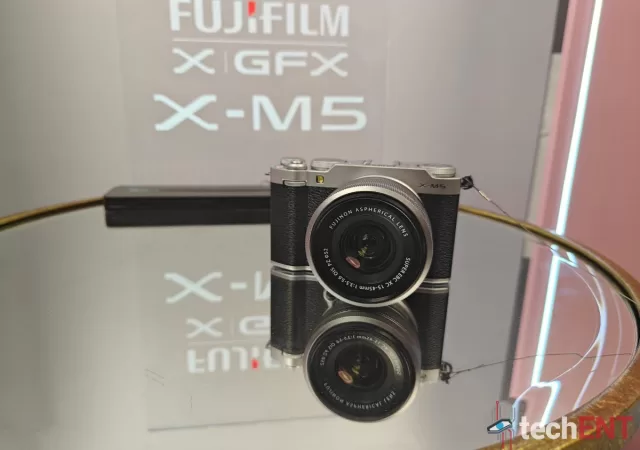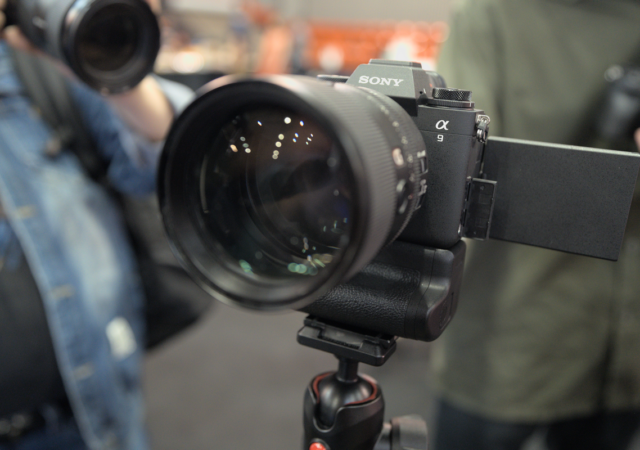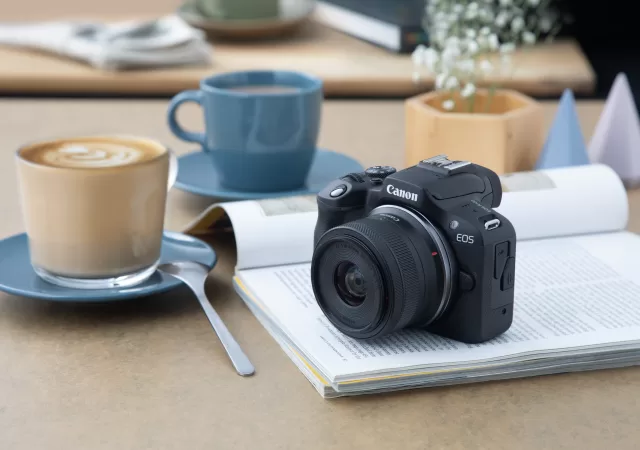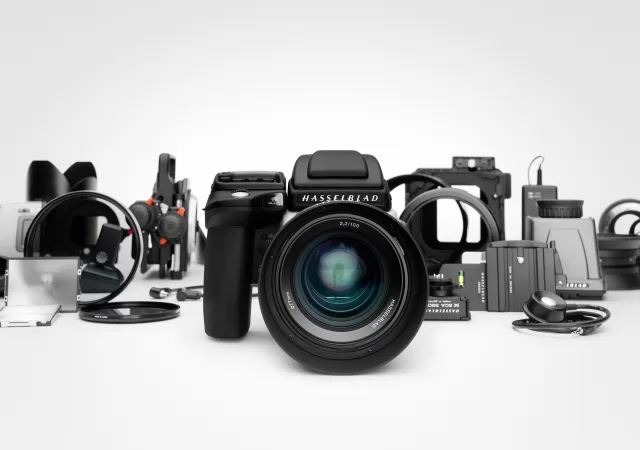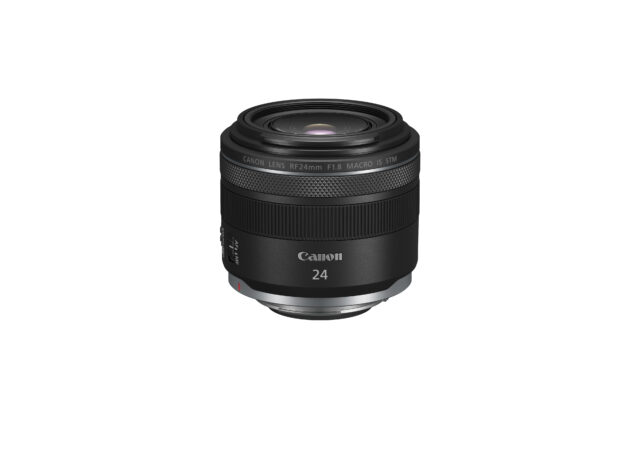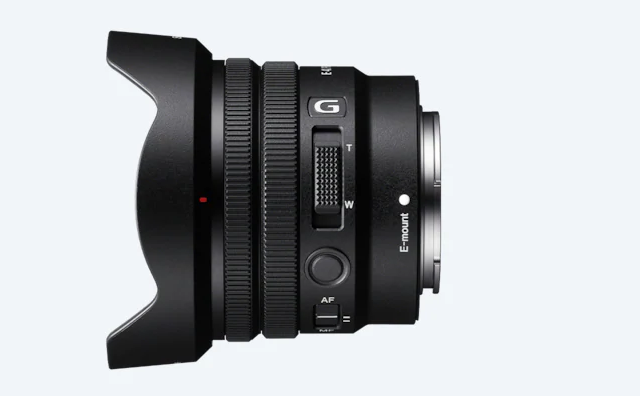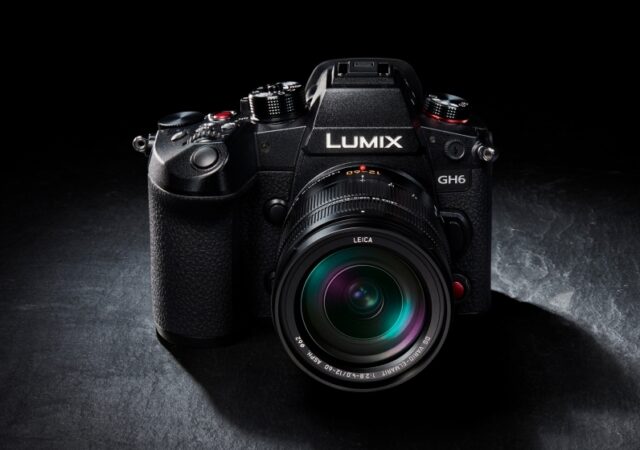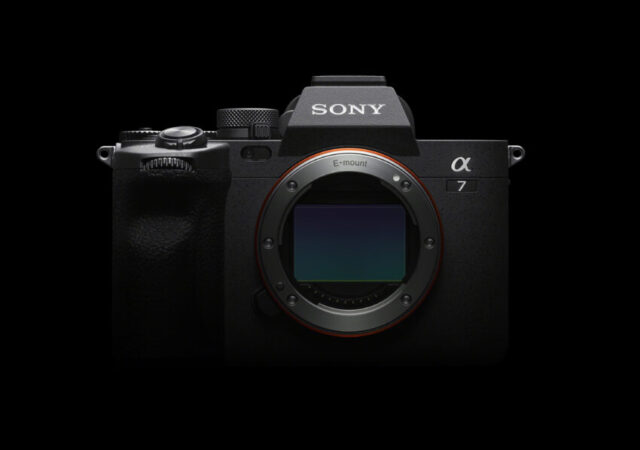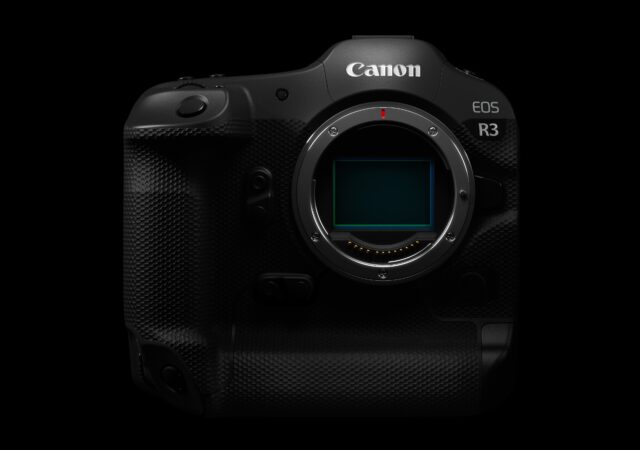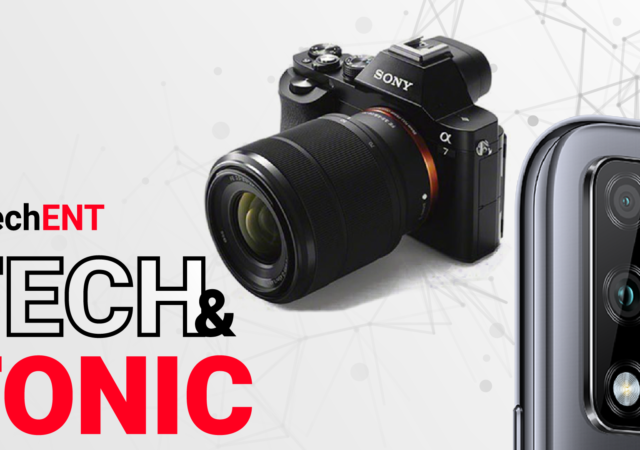Fujifilm launches the lightest entry into the X series of mirrorless cameras – the Fujifilm X-M5 that comes with improvements that make content creating a breeze.
Sony α9 III & SEL300F28GM Make Malaysian Debut
Sony’s brand new α9 III makes it Malaysian debut. The new global shutter feature paired with a stacked CMOS sensor makes it one of the fastest cameras available in the market.
Canon EOS R100 is Launched – Could be Your First Mirrorless Experience
Canon releases their latest EOS R100, their most affordable and compact EOS R mirrorless camera to date at MYR 2,379.
Hasselblad Goes Completely Mirrorless
Hasselblad is officially pulling out of the DSLR game choosing to fully commit to mirrorless systems like their X2D cameras.
More Mirrorless Goodness from Canon with new RF Lenses
Canon RF lens family just got bigger and now up to 30 lenses in selection with new RF24mm f/1.8 MACRO IS STM and RF15-30mm f/45.-6.3 IS STM.
Sony Announces New Lenses for Their APS-C Mirrorless Cameras
Sony announces three new E-mount wide-angle lenses specifically for the APS-C format sensor perfect for landscape photography and vlogging.
Panasonic Launches the new Lumix GH6 with 25-Megapixel Micro Four Thirds Sensor and 5.7K ProRes V-Log Video Recording
Panasonic releases the new Lumix GH6 with the highest resolution ever on a micro four thirds sensor at 25MP and 5.7K video capability.
Sony’s ALPHA 7 IV (α7 IV) Redefines the ‘Basic’ Necessities of a Full-Frame Mirrorless Camera
Sony launches their new Alpha 7 IV mirrorless full-frame camera that redefines what a ‘basic’ mirrorless camera should entail.
Canon EOS R3 Launches – Mirrorless is The Future with Canon
Canon releases the EOS R3 full frame mirrorless camera to replace the flagship EOS 1DX platform with a 24.1MP high-speed beast.
Tech & Tonic S2E10 – Are Proper Cameras Still Relevant in 2021?
With smartphone cameras getting better and better, is there still space for DSLR and mirrorless cameras? We’re talking about it on the Tech & Tonic Podcast.



